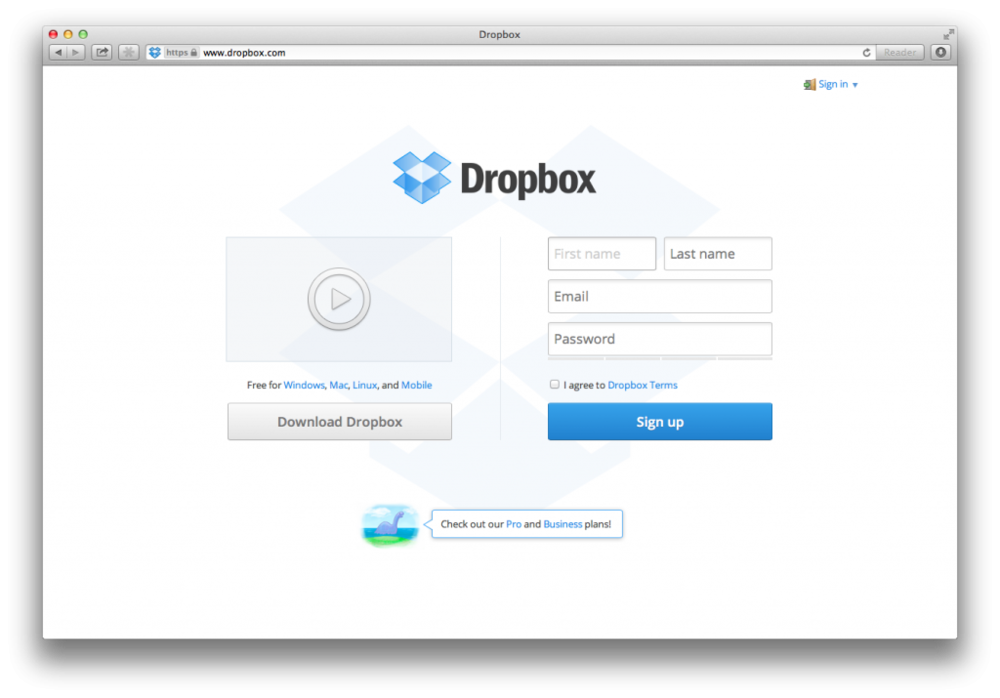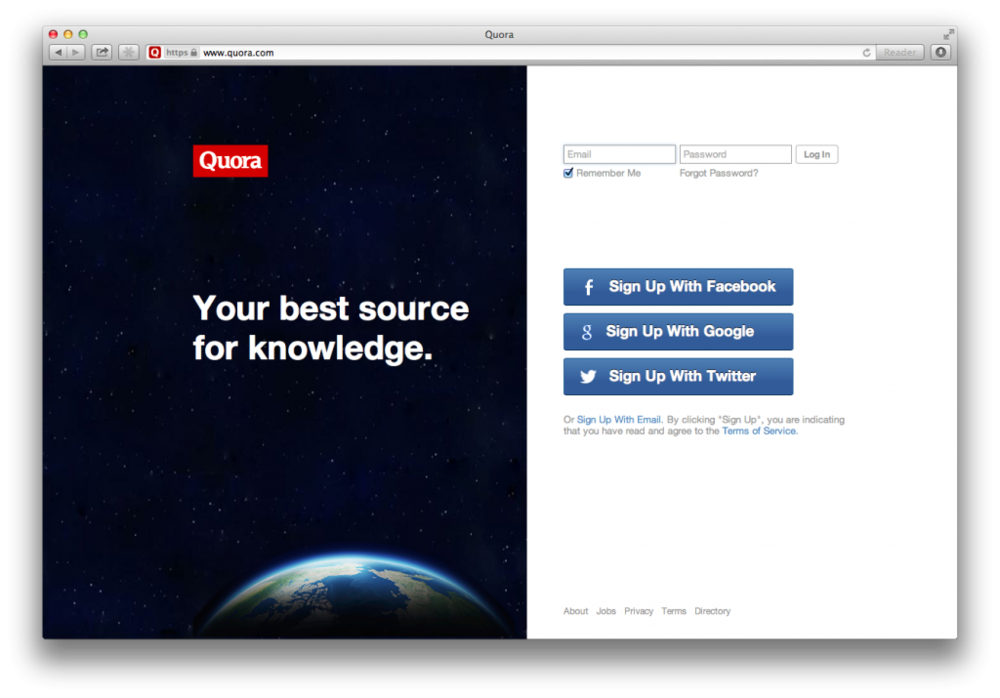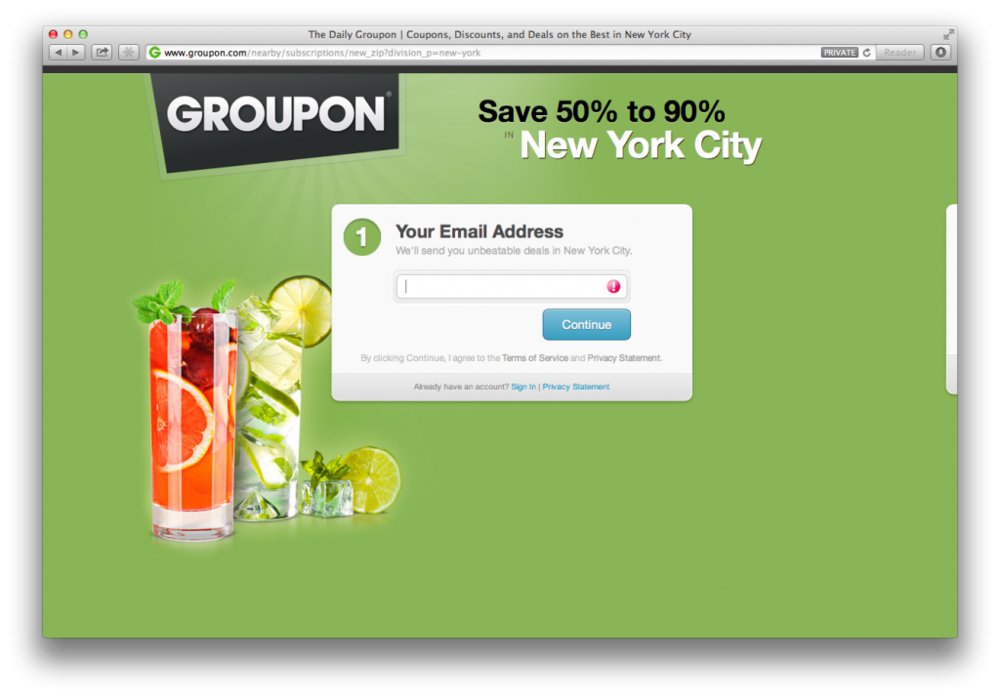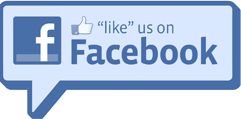How to Choose the Best Social Media Platform for Your Medical Spa
/Before you start promoting your cosmetic clinic or medical spa on social media, it's important to determine which social media platforms you’re going to use, how they’re likely to perform, and how much time it’s going to take to get results. Just “doing it” is going to lead to wasted time and effort that produces mediocre results.
How to Choose the Best Social Media for Your Business
To make an informed decision on where you should focus your social media marketing effort, start by thinking through what you’re trying accomplish and match that with what your resources and time commitment will allow. A focused effort is going to drive much better results than a spray-and-prey approach.
Let’s think through a few things..
1: What social media platform are your patients using?
Share of U.S. Adults Using Social Media, Including Facebook, Is Mostly Unchanged Since 2018. Source: Pew Research Center, Washington, D.C. (2019)
For most clinics you you likely won't want to bother with social media apps like Snapchat or Reddit because very few patients in the age group that you’re going to be targeting that use those platforms. Instead, you'll want to focus on the apps they do use—primarily Facebook and YouTube.
Note: For most clinic’s, the majority of the patients you’re looking for are going to be on Facebook and Youtube, but those also can be the most expensive since the competition is fierce.
2. Where are competing clinics and medspas focusing their attention?
If your competitors are having success with a specific social media app, you may also do well there. Conversely, if your competitors are neglecting a specific app, there may be an opportunity for you to capitalize on that neglected market.
It doesn’t take much effort to track down what your competitors are doing. Most companies display links to their social media profiles on their websites, so it should be easy to collect data on where your competitors are focusing their social media efforts. It's also good to actually visit their social media profiles and make sure they're maintained; a rarely used social media profile shouldn't be considered an active effort.
3: What is the reach into your desired patient population?
For the most part, succeeding on social media requires that you have followers or subscribers, with a few exceptions: YouTube videos, Twitter Tweets, LinkedIn Articles, and Pinterest Pins are indexed by Google, meaning people can discover that content through a general Google search.
Profile pages/channels are indexed by Google for all of the social media apps we're looking at in this article, including Facebook, Instagram, LinkedIn, Twitter, Pinterest, YouTube, and even Reddit. It’s an easy way to pick up a backlink so you should default to having well designed and professional looking profile pages on every social network, even if you don’t use them much.
Resource: https://workhorse.design can help you out here if you need design help that knows the industry and they won’t cost you agency prices.
Note: individual posts on LinkedIn, Facebook, and Instagram are not indexed by Google, so the only way to get those posts in front of an audience is to either publish it for your network or get others to share it to their networks.
Additionally, the algorithms these platforms use can have a major impact on whether or not your posts are seen, even by people who follow you. For example, Facebook made a change to its algorithm in early 2018 to prioritize posts from friends and family, and as a result, organic reach on the platform severely declined for many brands.
The result: Facebook doesn’t work as well for organic distribution to a wider network.
4: Does the social distribution fit the content you’re creating for your clinic?
Instagram and Pinterest are focused on image content. YouTube is focused on video content. If you mostly produce text-based content and use stock images, you’re dead in the water there.
Unless you plan to add designers or videographers to your payroll to create these assets for your social media efforts—or plan to learn how to do these things yourself—you'll be better served to concentrate on text-focused sites like Facebook, Twitter, LinkedIn.
Resource: LinkedIn is a surprisingly good venue for medical spas, if you do it right. We have a course on the training academy that teaches you exactly how to build your influence on LinkedIn.
5: Should you use paid advertising?
Low organic reach isn't necessarily a barrier if you're willing to spend money on ads. Each social media app offers advertising opportunities, though some are more detailed than others.
For example, apps like Facebook and LinkedIn have deep data-sets that let you target potential patients in a very specific audience. Popular YouTube channels often offer sponsorship opportunities but often don’t work well for a specific geography.
In most cases you’ll be paying extra to get in front of people who will never become a patient.
Question: Is anyone else tired of the endless stream of “we get you patients on Facebook” pitches by “medical spa consultants”
6: How much time should you devote to social media?
One mistake that many businesses make when they're getting started with social media marketing is trying to continually update every social media app. The problem: Keeping multiple social media accounts updated is a lot of work, and unmaintained profiles can reflect poorly on your clinic.
The more realistic approach is to focus on one or two platforms—no more than you realistically have time to keep updated, and to point your other profiles at these maintained accounts. This will give you more time and attention to really grow your audiences on those channels and actually engage with the people who follow and interact with your business.
For example: You may create a profile on Pinterest, but just include a message that says that you spend most of your time connecting with people on Facebook and warmly asks them to follow you there.
Recommended Resources:
Workhorse Design - Medical spa design work that won’t kill you on cost.
MeetEdgar - Social media scheduling. Get $10 off with this link.











